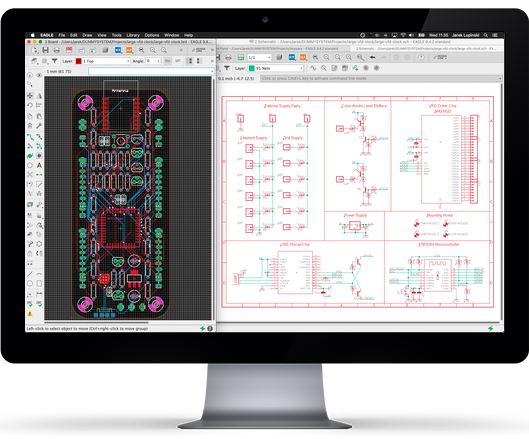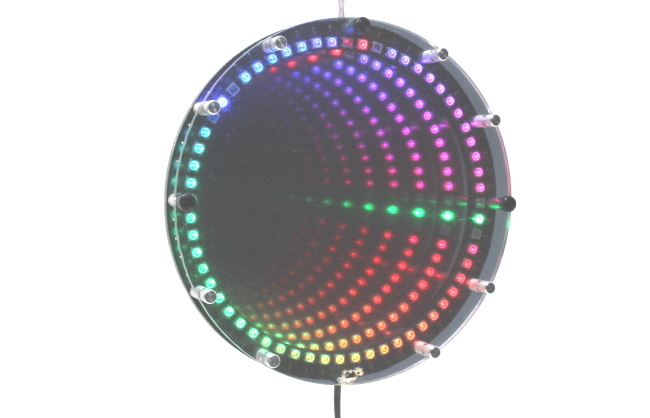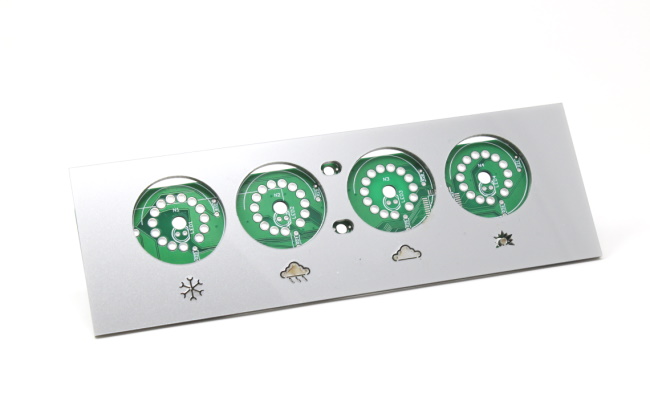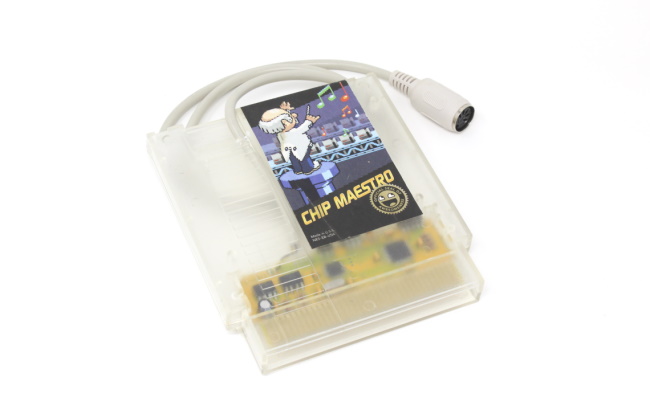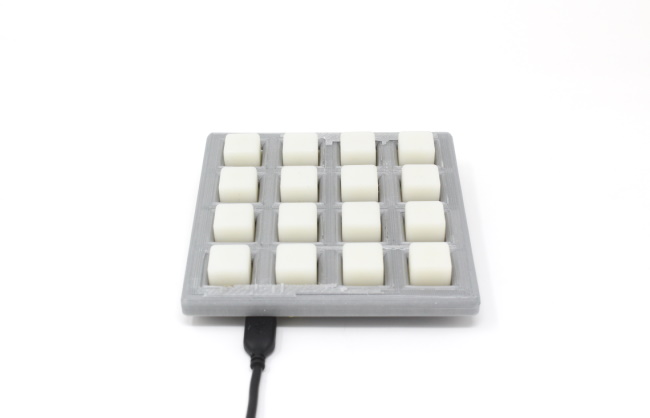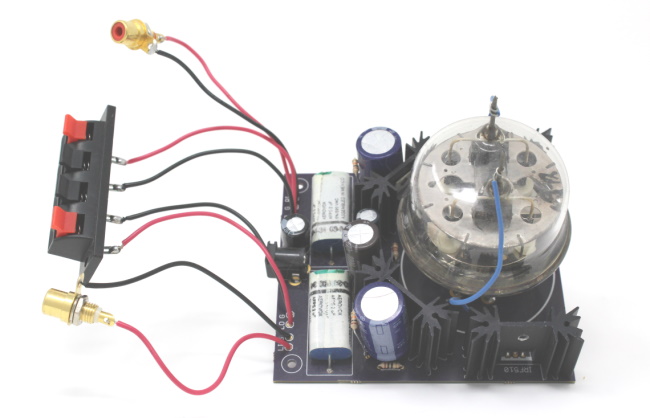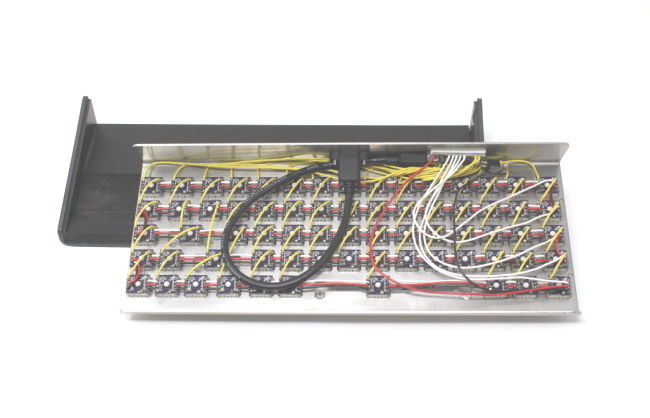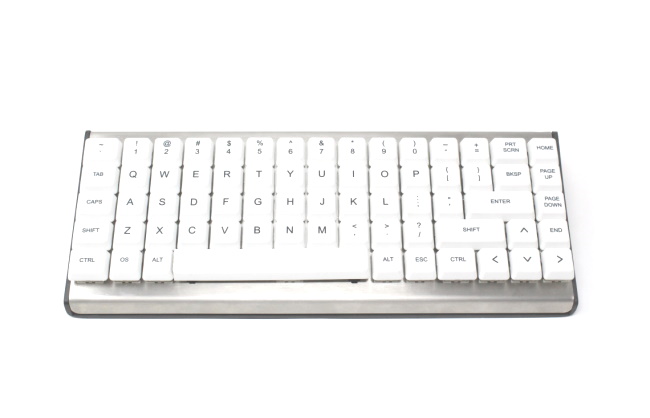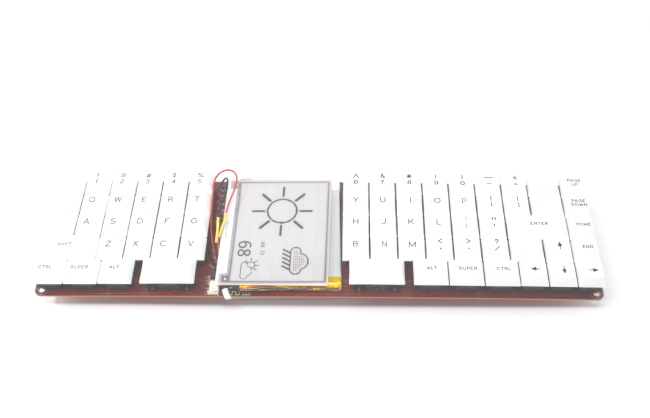About Me
Good artists copy; great artists steal.
Bible Clock
Working with Maltbie, I created this giant calendar clock to help the designers show attendees how the Bible's influence on the modern world can be felt in day-to-day life.
E-paper WiFi Interface
I enjoy bridging divides between the hobbyist/DIY audience and the bleeding edge of technology. I created this e-paper adapter board for a new type of screen technoplogy and open-sourced the design, then sold a few using CrowdSupply to recoup R&D costs.
Christian Marclay x Snap: Sound Stories
Working with Christian Marclay while at Snap, we explored what the sonic signature of our Snaps looked like. For the Cannes Lions exhibition, I focused on creating a "Snap Piano" that played short videos which contained notes corresponding to the piano key you were pressing.
End-to-end Product Design Experience
I'm Winston Wolfe. I solve problems.
They say great science is built on the shoulders of giants. Not here... we do all our science from scratch. No hand holding.
When I have fully decided that a result is worth getting, I go about it, and make trial after trial, until it comes.
You get used to it, though. Your brain does the translating. I don't even see the code. All I see is blonde, brunette, and redhead.
The world is not enough... Family motto.
